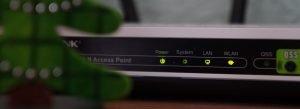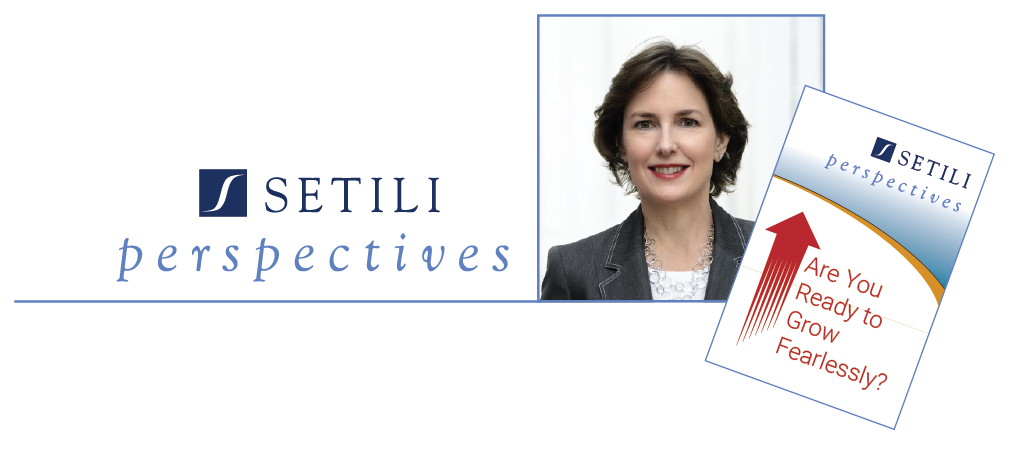AT&T and Hilton Worldwide share insights for moving fast amid complexity
 Expert panel featured at Setili & Associates Strategic Agility® Think Tank breakfast
Expert panel featured at Setili & Associates Strategic Agility® Think Tank breakfast
ATLANTA, Georgia (November 29, 2012)
On November 7, 2012, Atlanta strategy consulting firm Setili & Associates hosted its fourth Strategic Agility® Think Tank breakfast. Executives from some of America’s premier brands, including Arby’s, Cisco, Coca-Cola, Costco, Cox Enterprises, Georgia-Pacific, IBM, and UPS were in attendance.
The think tank featured an expert panel with two executives who have deep experience with complex technology implementations: Hilton Worldwide’s Josh Weiss, vice president, brand and guest technology; and AT&T’s Linda Rogers, vice president of sales.
Setili & Associates managing partner, Amanda Setili, commented, “The topic we chose for the event, ‘Moving Fast Amid Complexity,’ is critical to the success of our client organizations.
Hilton and AT&T met this challenge as they rolled out AT&T Wi-Fi in more than 450,000 hotel rooms across North America, spanning 10 brands, from Waldorf-Astoria to Hampton Inn & Suites.”
AT&T and Hilton Worldwide faced a common problem: How to keep up with the exploding demand for internet connectivity on mobile devices. While both companies were thrilled about the partnership—Hilton wanted a better guest experience, with a single Wi-Fi provider across all locations, and AT&T sought to expand Wi-Fi coverage in public spaces—the transition was complex.
Differences in building layouts and construction standards across the country required the system to be customized for each location. As a result, installing the AT&T system required close collaboration across multiple decision makers and implementers across AT&T, Hilton Worldwide, and the franchisees.
“We want property owners to open their next hotel with us,” Weiss said. Therefore, Hilton Worldwide needs to be easy to work with, to improve the guest experience, to create more efficient hotel operations, and to drive hotel stays.
The collaboration with AT&T helped Hilton Worldwide to achieve all these goals. First, the collaboration addresses the hospitality industry’s number one driver of guest satisfaction, internet service. “The ‘hospitality mindset’ is hardwired in our company’s culture,” Weiss said, “Therefore, property owners are very passionate about the guest experience.”
Second, the collaboration with AT&T makes the cost of keeping up with ever-escalating bandwidth needs more predictable for the property owner, and removes the headaches of maintaining the system. Finally, because AT&T promotes the Hilton collaboration to its subscribers, and highlights Hilton Wi-Fi hotspots on its website, the collaboration helps to drive hotel stays.
Rogers added, “Guests often travel with three or more different mobile devices. This creates great demand for connectivity, but it also enables Hilton to provide a much more personalized service experience.”
The collaboration also offers benefits to AT&T, adding approximately 3000 Wi-Fi hotspots to the company’s base of 30,000 hotspots at popular locations including Barnes & Noble, FedEx Kinko’s, McDonalds, Sam’s Club, Starbucks, and other establishments. Automatic authentication enables AT&T customers with select smartphones and devices to begin using Wi-Fi the moment they walk onsite, eliminating the need to login, or to use data plan minutes.
Weiss and Rogers stressed that effective communication was crucial to the success of the project, which spanned a two year period. “AT&T worked with four to five different Hilton stakeholder groups, over a period of two years, to complete the project,” Rogers said, “these included corporate decision makers, general managers who run the hotels, franchise owners, and leaders of each of the Hilton Worldwide brands, such as Hampton, Doubletree and Embassy Suites.”
Hilton Worldwide reached out to these groups with multiple forms of communication, including information posted on the company intranet, road shows with property owners and general managers, WebEx events, and conference calls. Most effective, Weiss said, was “getting in rooms with property owners and managers, to listen to and respond to their concerns.”
AT&T and Hilton stakeholders met mid-way through the project for a two-day summit, to assess what was working, and what wasn’t, regarding the technology implementation. “As a result,” Rogers said, “we restructured our sales and implementation teams to better match Hilton’s needs..”
Both Rogers and Weiss agreed that communicating extensively, making mid-stream course-corrections when necessary, and staffing teams with people who genuinely believe in the value of the AT&T/Hilton Worldwide partnership was critical to the fast execution of this complex project.



